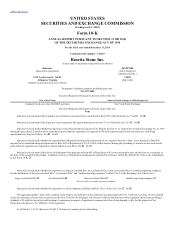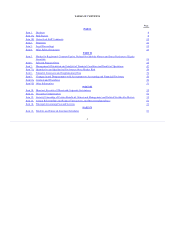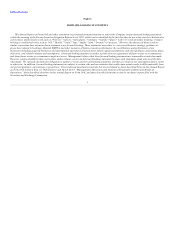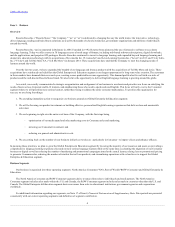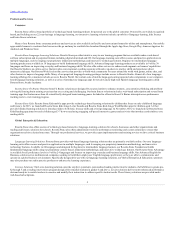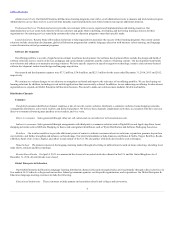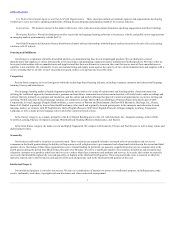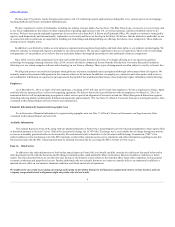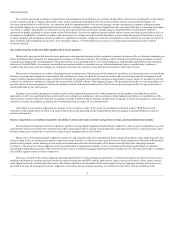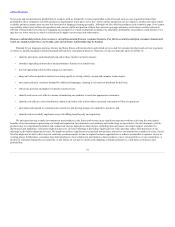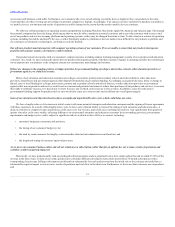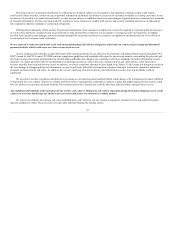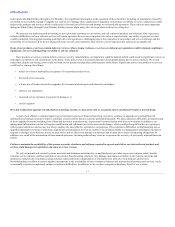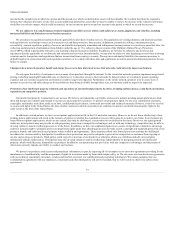Rosetta Stone 2014 Annual Report Download - page 11
Download and view the complete annual report
Please find page 11 of the 2014 Rosetta Stone annual report below. You can navigate through the pages in the report by either clicking on the pages listed below, or by using the keyword search tool below to find specific information within the annual report.
Table of Contents
lower costs and less pressure for profitability to compete with us. Funded by venture capital that is often focused more on user acquisition rather than
profitability, these companies can offer products at significantly lower prices or for free. As free online translation services improve and become more widely
available and used, people may become less interested in language learning generally. Although we also offer free products such as mobile apps, if we cannot
successfully attract users of these free products and convert a sufficient portion of these free users into paying customers, our business could be adversely
affected. If free products become more engaging and competitive or gain widespread acceptance by the public, demand for our products could decline or we
may have to lower our prices, which could adversely impact our revenues and other results.
Because a substantial portion of our revenue is currently generated from our consumer business, if we fail to accurately anticipate consumer demand and
trends in consumer preferences, our brands, sales and customer relationships may be harmed.
Demand for our language-learning, literacy and brain fitness software products and related services, and for consumer products and services in general,
is subject to rapidly changing consumer demand and trends in consumer preferences. Therefore, our success depends upon our ability to:
• identify, anticipate, understand and respond to these trends in a timely manner;
• introduce appealing new products and performance features on a timely basis;
• provide appealing solutions that engage our customers;
• adapt and offer our products and services using rapidly evolving, widely varying and complex technologies;
• anticipate and meet consumer demand for additional languages, learning levels and new platforms for delivery;
• effectively position and market our products and services;
• identify and secure cost-effective means of marketing our products to reach the appropriate consumers;
• identify cost-effective sales distribution channels and other sales outlets where interested consumers will buy our products;
• anticipate and respond to consumer price sensitivity and pricing changes of competitive products; and
• identify and successfully implement ways of building brand loyalty and reputation.
We anticipate having to make investments in new products in the future and we may incur significant expenses without achieving the anticipated
benefits of our investment or preserving our brand and reputation. Investments in new products and technology are speculative, the development cycle for
products may exceed planned estimates and commercial success depends on many factors, including innovativeness, developer support, and effective
distribution and marketing. Customers might not perceive our latest offerings as providing significant new value and may reduce their purchases of our
offerings, unfavorably impacting revenue. We might not achieve significant revenue from new product and service investments for a number of years, if at all.
We also might not be able to develop new solutions or enhancements in time to capture business opportunities or achieve sustainable acceptance in new or
existing places. Furthermore, consumers may defer purchases of our solutions in anticipation of new products or new versions from us or our competitors. A
decline in consumer demand for our solutions, or any failure on our part to satisfy such changing consumer preferences, could harm our business and
profitability.
10

